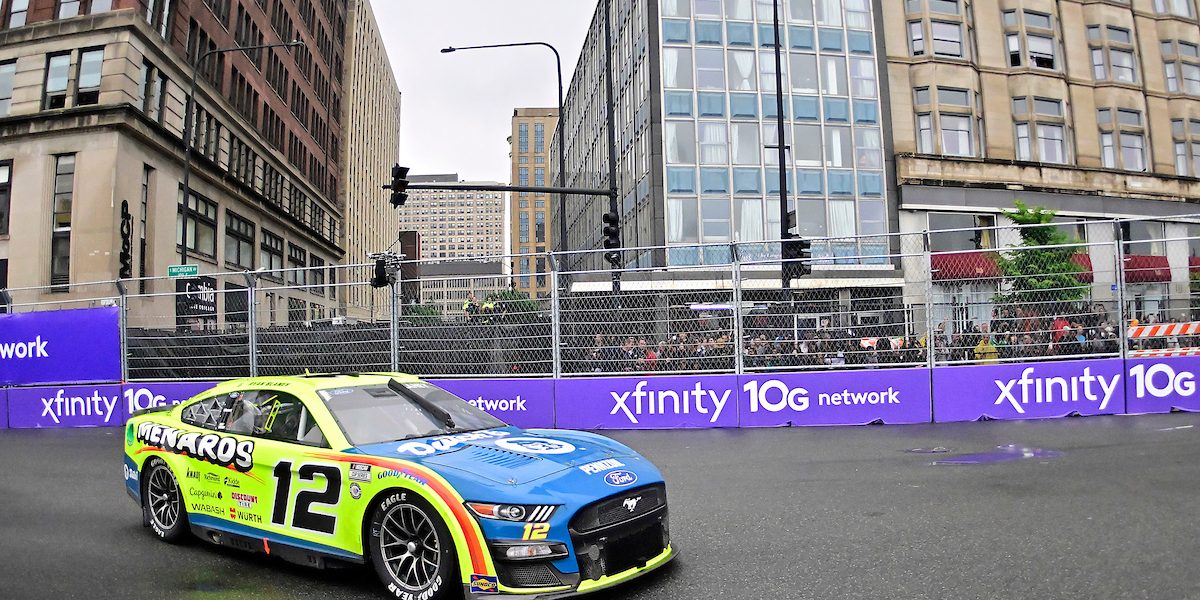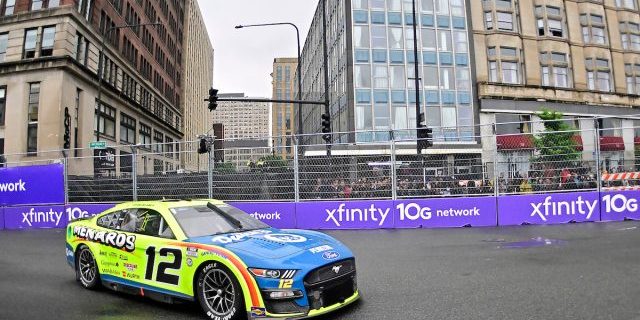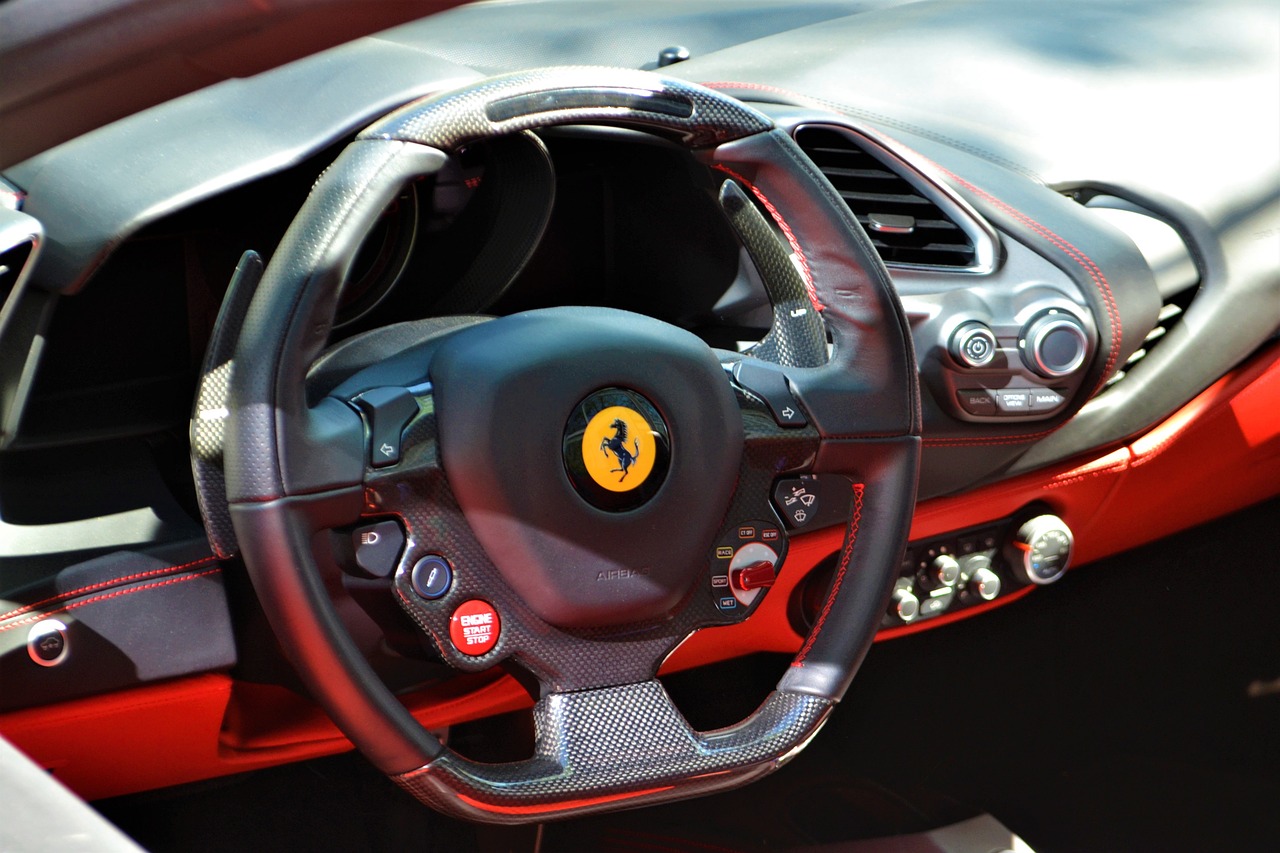What drivetrain are NASCAR cars?


You’ve probably watched NASCAR races, thrilled by the speed and the skill of the drivers, and maybe you’ve wondered: What kind of drivetrain do these cars use?
NASCAR cars predominantly use a rear-wheel-drive (RWD) drivetrain configuration, enabling better power delivery during high-speed races.
Table of Contents
In this article,
We’ll dive deep into the inner workings of NASCAR vehicles, particularly focusing on their drivetrain setup. You’ll learn why rear-wheel drive is the go-to configuration, how it impacts performance, and some key technical aspects that make these cars unique.
A Detailed Explanation on NASCAR Drivetrains
When it comes to the thrill and excitement of NASCAR racing, the drivetrain is a crucial component that often gets overlooked. So, why do NASCAR cars opt for rear-wheel drive configurations, and what are the advantages and disadvantages of this choice?
The Physics of RWD in Racing
Rear-wheel drive systems have a slight advantage when it comes to the distribution of weight. In NASCAR vehicles, much of the machinery is situated in the back, allowing for a balanced weight distribution. This balance provides better grip and control during high-speed turns, which is a frequent scenario in races.
Power and Acceleration
In rear-wheel drive systems, the car’s rear wheels do all the work in propelling the vehicle forward, allowing the front wheels to focus solely on steering. This separation of tasks means that the car can both accelerate and steer more effectively. This level of specialization is especially vital in a high-speed, high-stakes environment like NASCAR.
Safety Considerations
Although rear-wheel drive systems are often considered less safe in everyday vehicles—especially in wet or slippery conditions—the story is different for NASCAR. These race cars are engineered for optimal performance, and the drivers are trained professionals. Added safety measures and track conditions are also tailored to ensure that the RWD setup doesn’t compromise safety.
Drivetrain Components
Besides the general setup, various components like the transmission, differential, and axles are also specialized to meet the demands of NASCAR racing. For example, the differentials are often “locked” to ensure that both rear wheels spin at the same speed, enhancing grip and control.
Here’s everything else you need to know to deepen your understanding of drivetrains in NASCAR.
Related Questions You’re Likely to Have Next
How Do Drivetrains Affect Fuel Efficiency?
When it comes to NASCAR, fuel efficiency might not be the first thing that comes to mind. However, it is an essential aspect of racing strategy. Rear-wheel drive systems are generally less fuel-efficient compared to front-wheel drive setups, but the trade-off is worthwhile for the advantages in speed and control. Teams strategize fuel use carefully to ensure they get the optimal mix of efficiency and performance throughout the race.
What Are the Differences Between NASCAR and Formula 1 Drivetrains?
While both NASCAR and Formula 1 are high-speed racing sports, their drivetrain configurations are different. Formula 1 cars often use highly sophisticated drivetrains with hybrid technology and various modes for different situations. NASCAR cars keep it simpler with their rear-wheel drive setups. Simplicity in this case is not a disadvantage; rather, it aligns perfectly with the nature and rules of NASCAR racing.
How Does Rear-Wheel Drive Affect Tire Wear?
Tire wear is a significant concern in any racing sport, and NASCAR is no exception. Rear-wheel drive systems tend to wear out the rear tires faster than the front ones. This imbalance is something teams plan for and manage throughout the race. Tire strategy, including when to pit for fresh tires, can significantly impact the outcome of a race.
What Other Motorsports Use Rear-Wheel Drive?
You might be surprised to learn that rear-wheel drive isn’t exclusive to NASCAR; it’s also popular in other motorsports like drag racing and drifting. In drag racing, rear-wheel drive is preferred for its superior acceleration and traction. In drifting, the RWD setup allows for better control when the car is sliding, a key element of the sport.
What drivetrain are NASCAR cars? – Final Thoughts
By now, you should have a comprehensive understanding of why NASCAR predominantly uses rear-wheel-drive configurations. The choice is far from arbitrary; it is based on a variety of factors including physics, power delivery, and even safety considerations tailored to high-speed racing conditions. Whether you’re a casual fan or an aspiring racer, knowing these intricacies can make your NASCAR viewing experience even more engaging.
Don’t just stop here—continue to delve deeper into the fascinating world of motorsports. Your newfound knowledge not only sets you apart as an informed fan but also brings you closer to the sport you love. Keep learning, keep questioning, and most importantly, keep enjoying the races!
What drivetrain are NASCAR cars? – Frequently Asked Questions
Is all-wheel drive allowed in NASCAR?
No, all-wheel drive is not permitted in NASCAR races. The regulations specify that cars must use a rear-wheel-drive setup.
What is the transmission type in NASCAR cars?
NASCAR vehicles typically use a manual transmission, which provides better control over gear shifts during the race.
How often do NASCAR cars change tires?
The frequency of tire changes varies depending on the race and conditions but can happen as often as every 30 to 50 laps.
Do NASCAR cars have power steering?
Yes, NASCAR cars are equipped with power steering to help drivers maneuver the vehicle more comfortably during races.
Are there any electric or hybrid NASCAR cars?
As of my last update in September 2021, NASCAR has not yet integrated electric or hybrid technology into their race cars.










